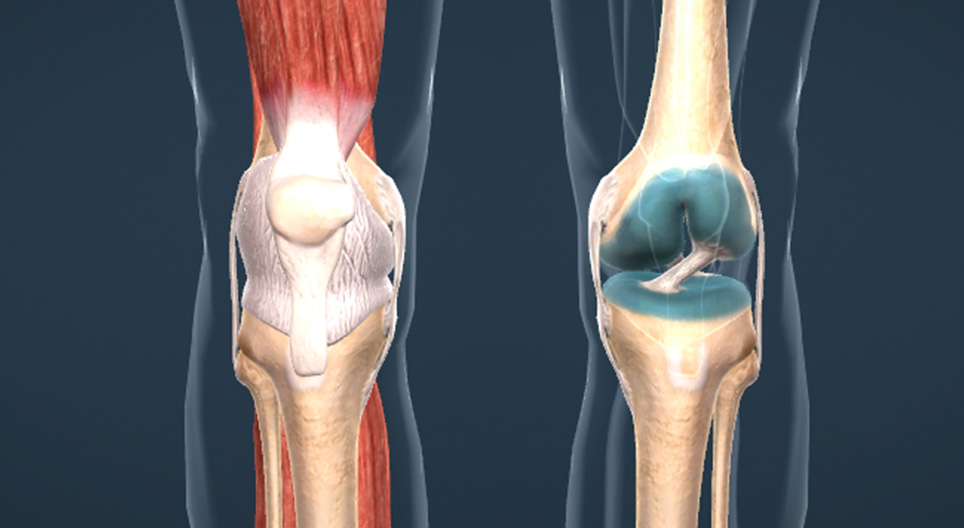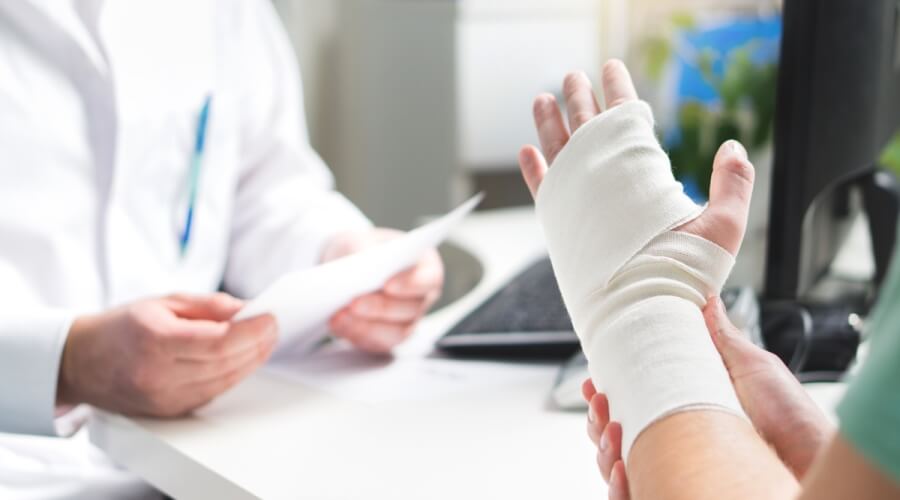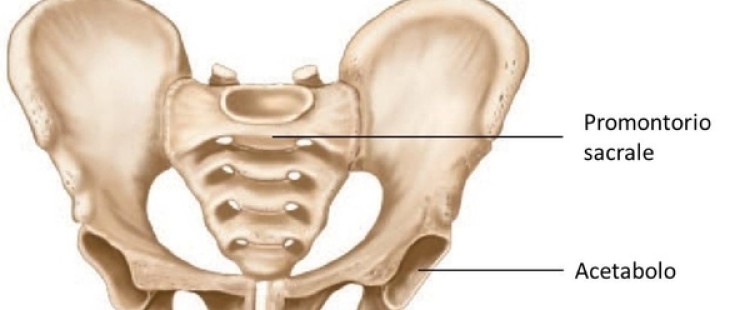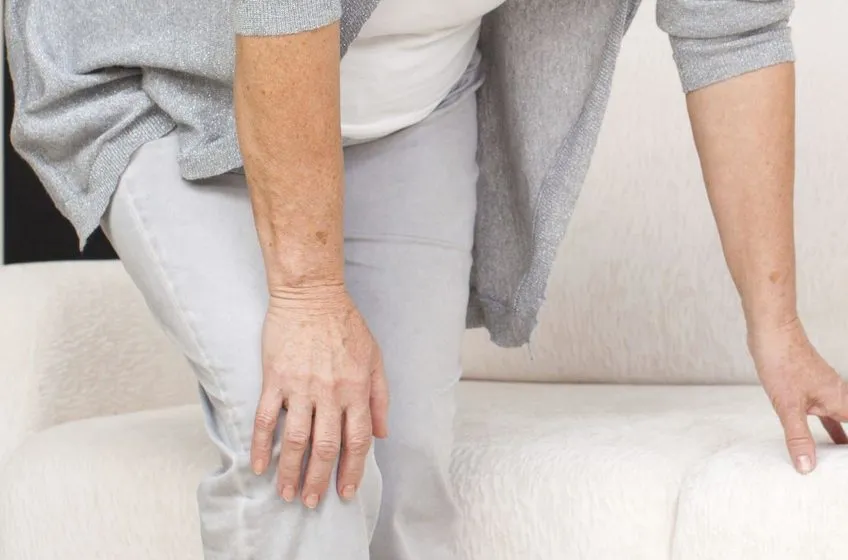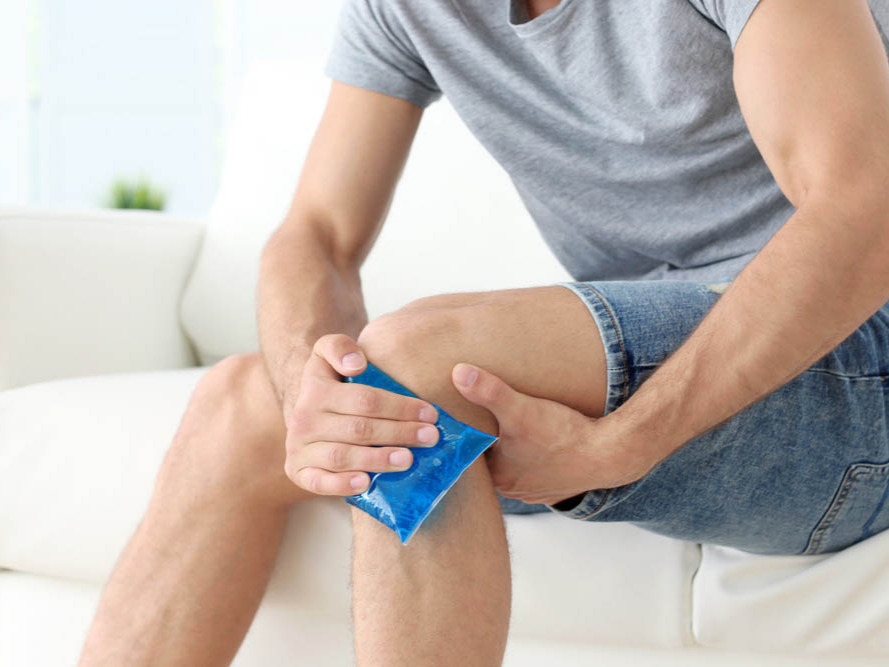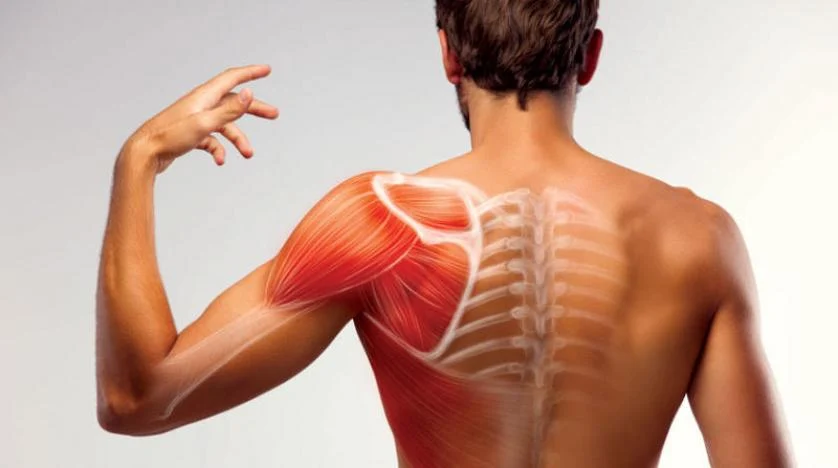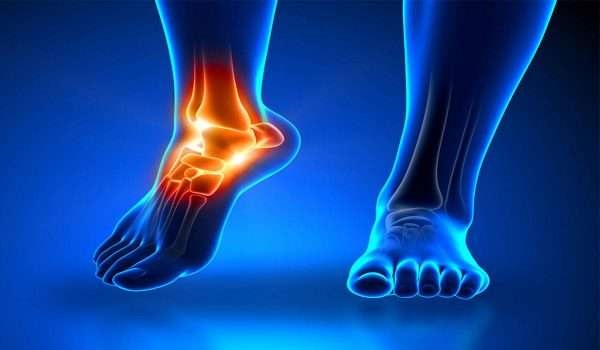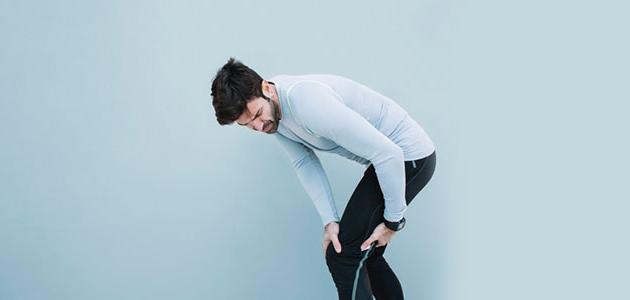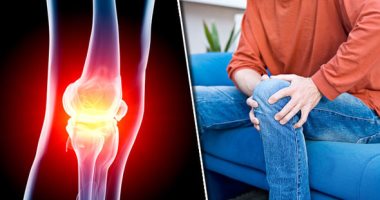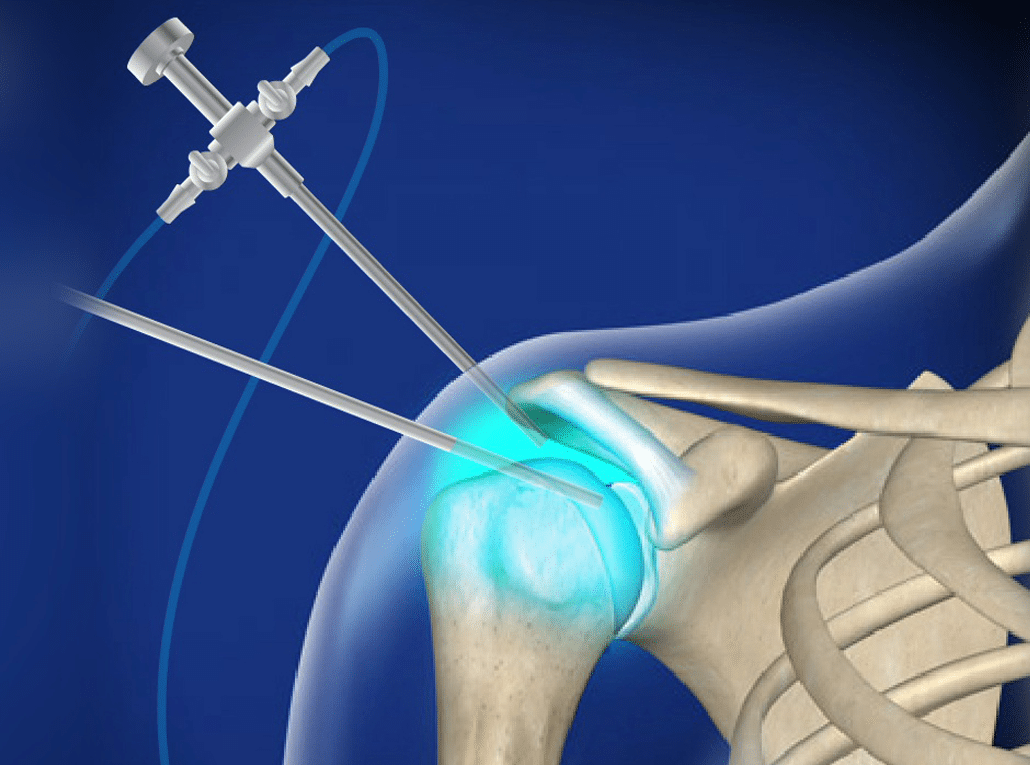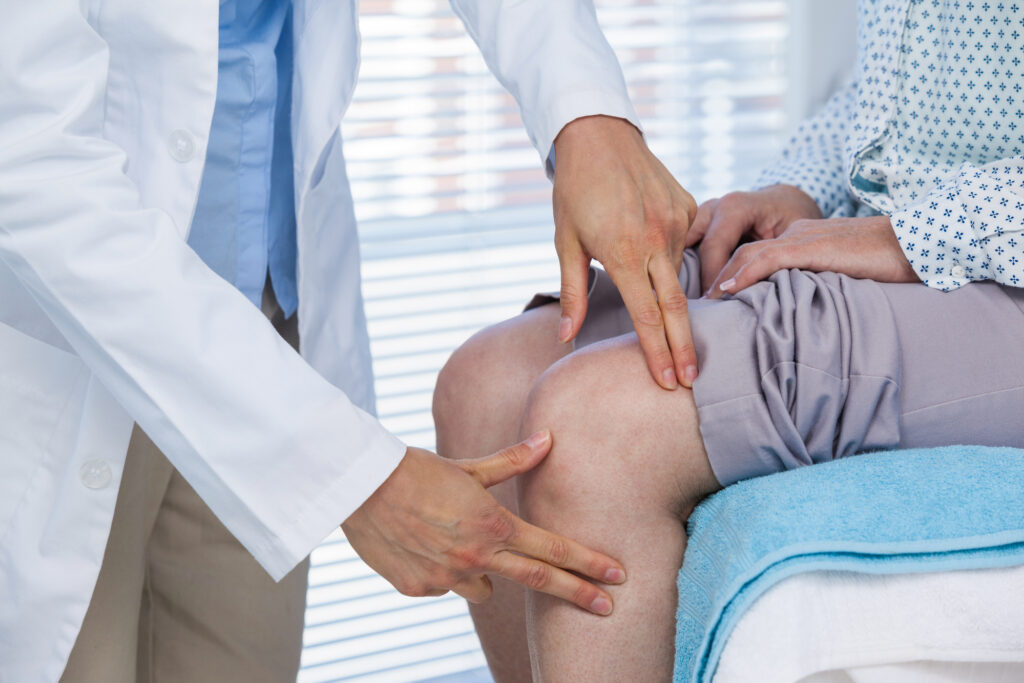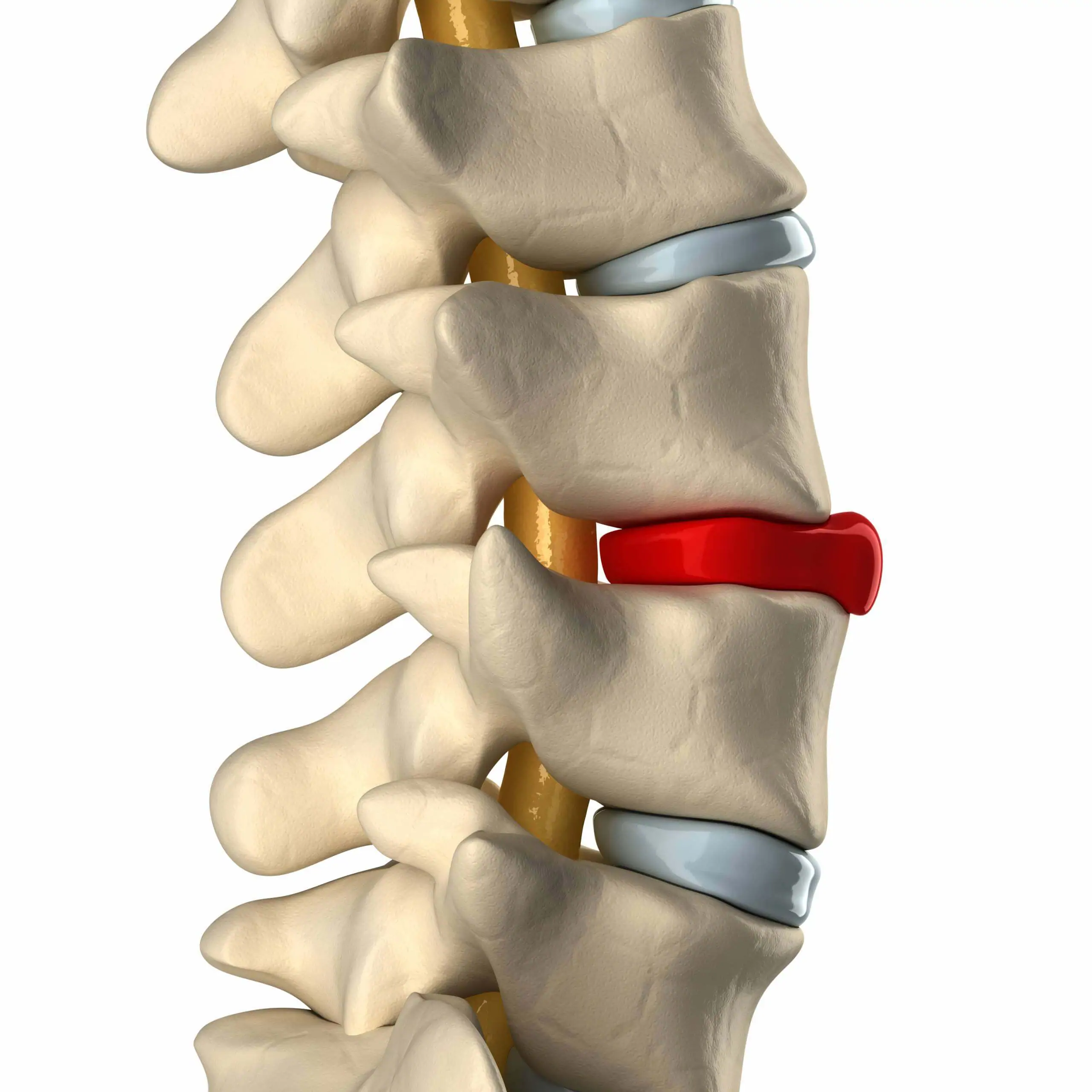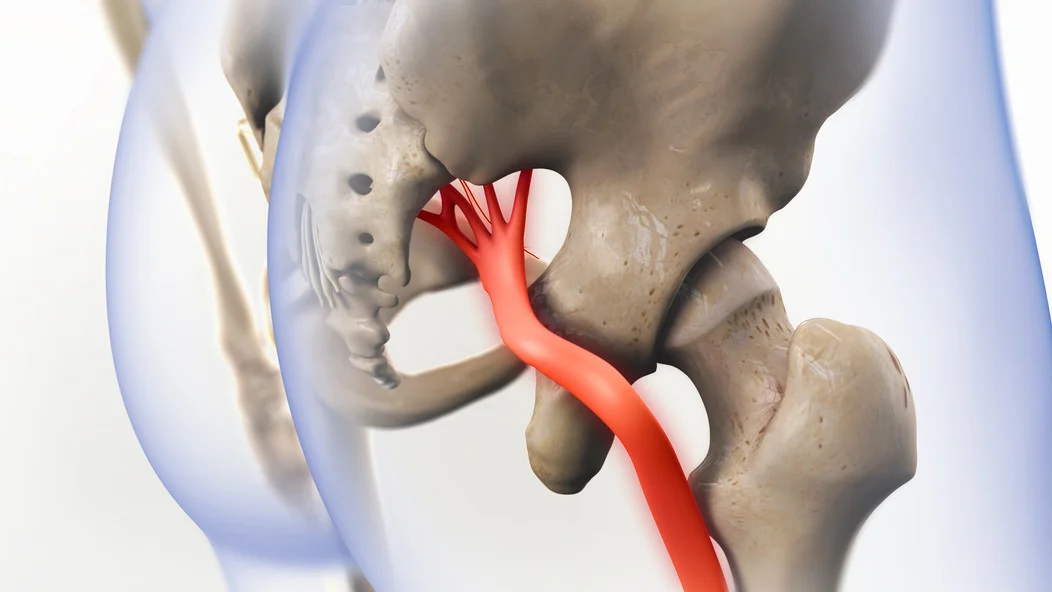Damage to slides and screws and what to do after the operation
You can find out more detailed information about the installation of slides and screws in the following article.
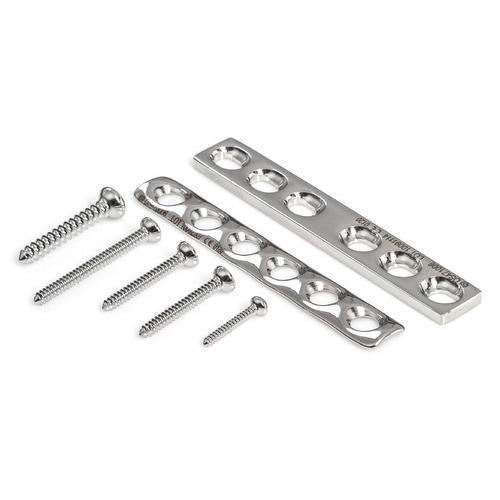
Damage to slats and screws
The installation of slides and screws is one of the modern techniques that have been used in cases of bone fractures, which act as a support and stabilizer for the bone in which the fracture occurred. The slides, screws, and rods work as an internal splint that helps connect the parts of the broken bones, and it can keep the screws and slides in the body because they are designed for that or remove them if I summon it.
Taking the necessary precautions and following the instructions given by the doctors to the injured person helps prevent complications and speeds up the recovery of the injured person, especially in simple fractures. However, in some cases, some complications may appear after the installation of plates and screws, including the following:
- Infection in the affected part.
- Having a high temperature.
- Irritation of the metal from which the slats and screws are made.
- Constant pain that gets worse with time.
- Slides and screws cause excessive pressure on the affected part.
- A problem with the growing skeleton, especially in children.
In these cases, doctors may resort to removing the plates and screws that were used to stabilize the broken bones, and thus the patient begins to feel an improvement in his health condition and gets rid of the complications of installing plates and screws, but often this is after a year of surgery to avoid the return of fractures in the bone again.
Post-process slides and screws
The slides and screws operation is like other types of surgeries, which require a longer recovery time, and the recovery period varies between simple and severe fractures. It is important for the patient to pay attention to the following instructions after the slides and nails operation, which are:
- Avoid contact with water for two weeks after surgery.
- Using braces and crutches that reduce the load placed on the injured part.
- Weight loss and a balanced diet aid in recovery.
- Pay attention to complications, including swelling or high temperature.
- Avoid moving broken bones after the installation of plates and screws, so as not to cause pain.
- Not returning to work or practicing normal activities without referring to the specialist doctor.
- A doctor’s visit and medical follow-up reduce the chances of developing complications in the broken bone.
Do slides and screws cause pain?
Mostly the plates and screws do not cause pain in the affected part, but the pain is due to the wound that the surgeon made during the process of fixing the fractures with plates and screws, and this type of pain begins to gradually subside after the surgery with adherence to the appropriate treatment and analgesics indicated by the doctor and also relieves the load Placing on the affected part reduces pain.

